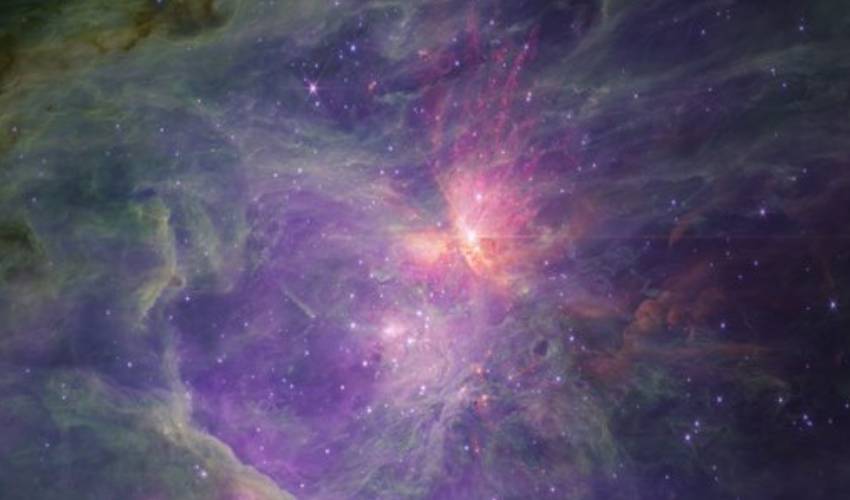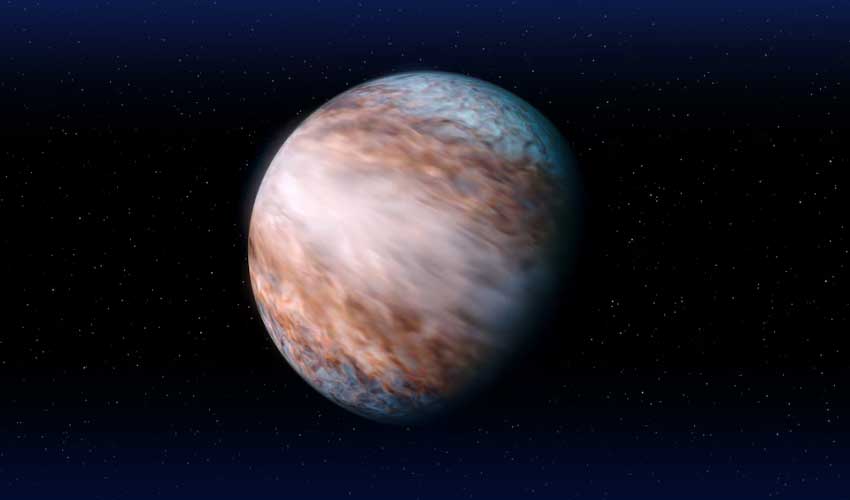The European Space Agency (ESA), in collaboration with NASA's James Webb Space Telescope, has uncovered a celestial enigma within the Orion Nebula, the closest star-forming region to Earth.
These newly discovered entities, aptly nicknamed 'JuMBOs' (Jupiter Mass Binary Objects), are neither stars nor planets, defying conventional wisdom and igniting a cosmic mystery.
Traditionally, astronomers believed that nebulas, cosmic birthplaces of stars concealed within vast clouds of gas and dust, were incapable of spontaneously giving rise to planet-sized entities.
The revelation of JuMBOs challenges this fundamental assumption, prompting experts to reevaluate their understanding of celestial formation processes.
Even more confounding is the revelation that JuMBOs materialize in pairs, contrary to the solitary emergence of stars or planets.
"There's something wrong with either our understanding of planet formation, star formation – or both," exclaimed Samuel Pearson, an ESA scientist involved in the research. "They shouldn't exist."
These enigmatic JuMBOs, with dimensions akin to Jupiter, fall short of achieving the critical mass required to ignite into stars.
Furthermore, since they do not orbit any star, they cannot be classified as planets by conventional definitions.
Professor Mark McCaughrean, a senior adviser for science and exploration at the ESA, humorously remarked, "Most of us don't have time to get wrapped up in this debate about what is a planet and what isn't a planet. It's like my car is a chihuahua-mass pet. But it's not a chihuahua. It's a cat."
As outlined in a research paper co-authored by McCaughrean, which is yet to undergo peer review, JuMBOs are relatively young, clocking in at around a million years old within the vast cosmos. These celestial oddities boast scorching surface temperatures, reaching approximately 1,000 degrees Celsius (1,800 degrees Fahrenheit).
However, in stark contrast to planets, which maintain stable temperatures courtesy of the energy they receive from the stars they orbit, JuMBOs undergo rapid cooling and eventually freeze. Comprising primarily of gaseous matter, these peculiar entities seem ill-suited to support the conditions necessary for sustaining life.
The discovery of JuMBOs has ignited fervent discussions among astronomers and cosmologists, shattering preconceived notions and opening new frontiers in our quest to understand the mysteries of the universe. While the enigma of JuMBOs deepens, one thing remains clear: the cosmos continues to surprise us with its boundless complexity and secrets waiting to be unveiled.



























